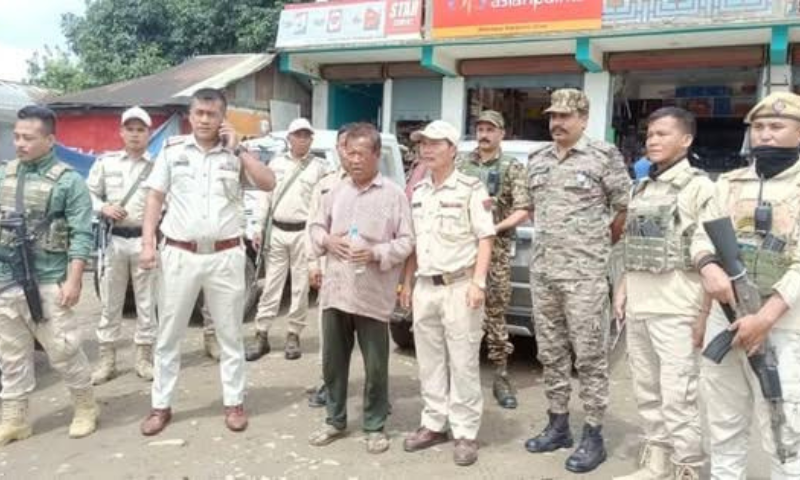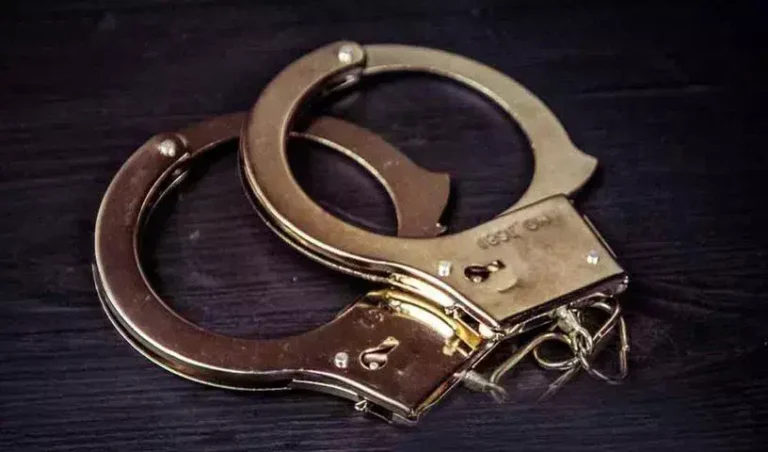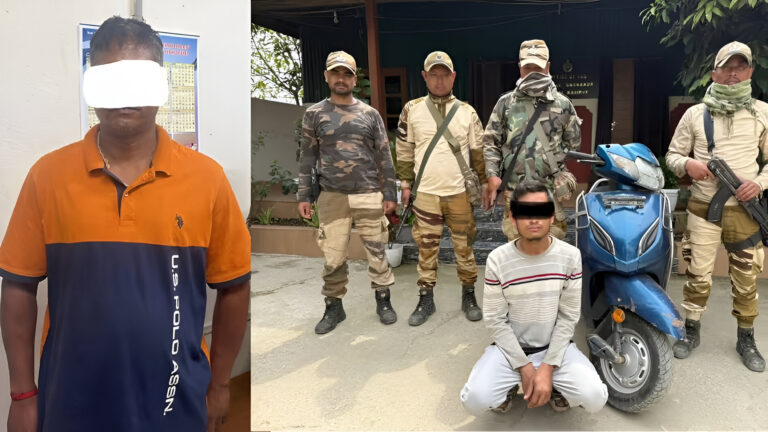Manipur: CoTU Hands Over Stranded Meitei Man to Kangpokpi Police
A 50-year-old Meitei man, Angom Yumjao of Sekmai Makha Leikai (Imphal West), was found stranded near Sapermeina in Kangpokpi district after alighting from a Senapati-bound inter-district bus on August 20. Volunteers of the Committee on Tribal Unity (CoTU) and Kangpokpi District Police ensured his safety and facilitated a handover first to Gamnom–Sapermeina Police Station, and then to Sekmai Police Station in Imphal West after due medical checks and procedures. CoTU reiterated its commitment to peace but warned that crossing the mutually recognized “buffer zone” risks destabilizing fragile calm, urging security forces to prevent unauthorized movement. The incident and transfer were reported on August 21, 2025
Identified as Angom Yumjao, ended up stranded in Sapermeina—an area within Kangpokpi district—after he stepped off an inter-district bus. What could have spiraled into panic or rumor instead became a case study in how communities and police can work together under pressure. CoTU volunteers and Kangpokpi District Police coordinated to escort him safely to the authorities, who then completed medical checks and handed him to his family. In a region where movement across highly sensitive lines can inflame tensions, this calm, procedural response is no small thing.
FAQs
1) Why is Sapermeina/Saparmeina so sensitive?
Because it sits near the functional divide between valley and hill districts. Movement there can be read as crossing a buffer line, which heightens community vigilance.
2) Did CoTU act alone, or with police?
Both were involved: CoTU volunteers helped secure the individual and coordinated with Kangpokpi District Police, leading to a formal handover via Gamnom–Sapermeina Police Station and a transfer to Sekmai.
3) Are buffer zones permanent?
They are intended as temporary conflict-management tools. Some stretches have seen attempts to relax movement, while others face demands for tighter enforcement or even fencing—reflecting ongoing debate.
4) What should a traveler do if they feel lost in a sensitive area?
Head to the nearest police outpost or a busy public place, present ID, and request assistance for a safe handover rather than trying to cross back alone.
5) What’s the wider significance of this handover?
It’s a proof-of-concept that standardized, humane procedures can defuse potential flashpoints and keep communities focused on safety over suspicion.





